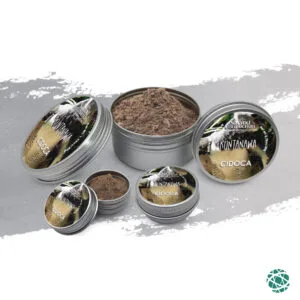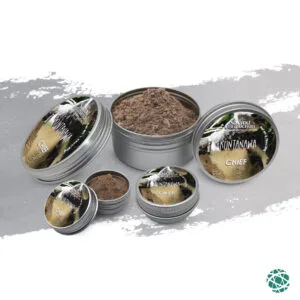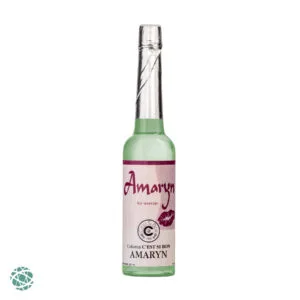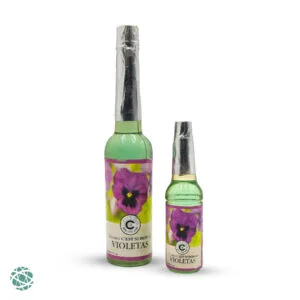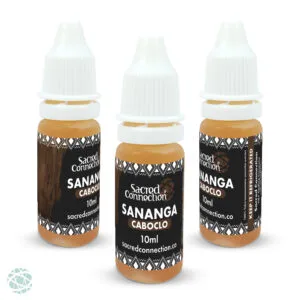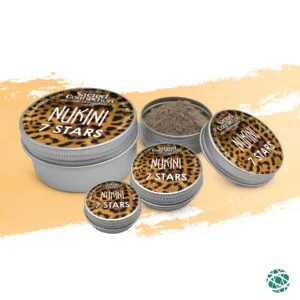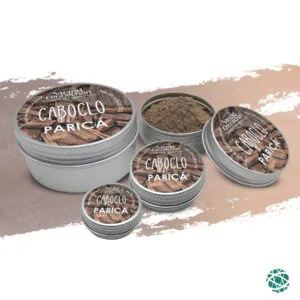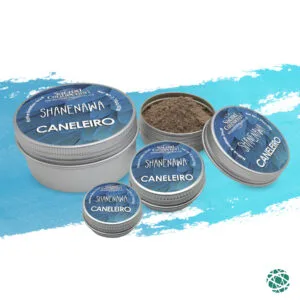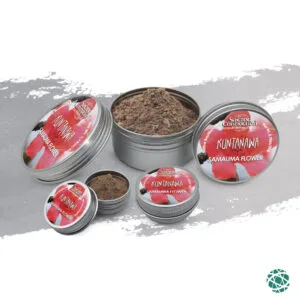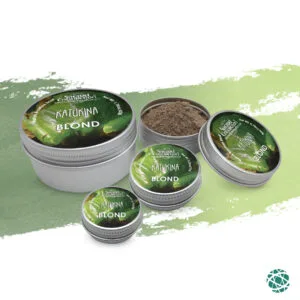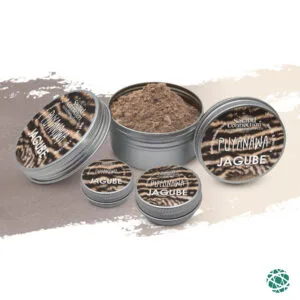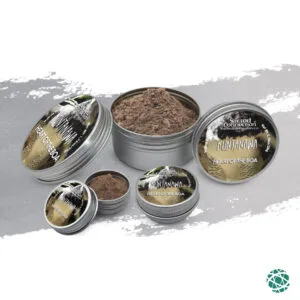Where does rapé come from? Among the many sacred stories passed down through generations of Indigenous peoples in the Amazon, the Yawanawá origin myth of rapé is perhaps one of the most powerful. It reveals not only how this sacred shamanic snuff came to Earth, but also why it holds such an essential place in spiritual practice and healing.
The Beginning: The Legend of Ruwa
There was a time, long ago, when death had not yet reached humankind. People lived in harmony with the forest, under the guidance of their revered king, Ruwá. The community thrived through hunting, using a collective method to drive animals toward a small hut in the forest where Ruwá and his wife would wait to make the kill.
One day, during such a hunt, Ruwá successfully shot a bird—one of his favorite foods. His wife went to retrieve it, but upon returning, she found Ruwá unconscious on the floor. Terrified, she called for help, and the tribesmen carried their leader to the great communal house, known as the Shuho.
Ruwá regained consciousness, asked for the bird, and laughed with his people when he realized he was alive. But after taking the first bite of the meal, he collapsed again—this time, he did not return.
The Emergence of Sacred Plants
Grief-stricken, the tribe discussed what to do with Ruwá’s body. Some proposed burial, others suggested water or fire. The pajé, or medicine man, advised that he be buried in the center of the Shuho.
As time passed, mysterious plants began to grow from the place where Ruwá’s body had been laid:
A vine emerged, known as Uni, the sacred brew others call Ayahuasca. From another part of the body sprouted chili, used in rituals and magical work. And finally, a leafy plant appeared, which the pajé instructed them to dry and blow into the nose using a bamboo or bone pipe. This became known as Rumã or Rumé, what the world now calls rapé.
These plants, born from Ruwá’s body, were seen as gifts from the spirit world—tools to help humans heal, elevate consciousness, and walk a sacred path.
The Sacred Nature of Rapé
According to Chief Biraci, sacred tobacco is a plant that cannot be used for evil purposes. Unlike Ayahuasca, which may be misused, tobacco and rapé are only meant for healing. This does not mean that rapé is harmless when taken without care—it can still be misused or bring discomfort—but it is not a tool for harm.
The Yawanawá believe that when you take rapé, you open a spiritual portal, similar to Ayahuasca, though more subtle and grounded. That’s why it’s recommended to take rapé with stillness, focus, and a calm environment, ensuring that the spiritual energy accessed is clean and clear.

A Tool for Reflection and Insight
In the forest, people use Rumã not only for healing but also for clarity. When facing a challenge or decision, the first step is often to prepare and take rapé, set an intention, and ask for guidance. In deep concentration, users may observe a tingling sensation on one side of the body—a traditional method for receiving yes or no answers (right side for yes, left for no).
Used in this way, rapé becomes a way to tune in—supporting meditation, inner listening, and self-awareness. It helps the individual connect more deeply with themselves and with the energies of nature.
Rapé as Medicine and Ceremony
Rapé can also be used for energetic healing, helping to cleanse stagnant energy and support physical, emotional, or spiritual release. With a clear intention and focused mind, rapé becomes a directional force—a current of energy aligned with your purpose.
Traditionally, it was only the shamans or medicine men who took sacred medicines like Ayahuasca. They would not give the brew to others but instead would enter the visionary realm themselves to diagnose illness and find healing solutions.
Rapé in Daily Life and Community
Beyond spiritual work, rapé also serves a role in community bonding and relaxation. After a day’s work, people might gather with friends or family to share rapé, reflect on the day, enjoy the sunset, and connect in a space of quiet reverence. Even in these lighter moments, the medicine is treated with care—taken calmly, with respect, and a positive attitude.
The Spirit of Rapé Lives On
The Yawanawá story of Ruwá reminds us that sacred plants are not commodities—they are spirits. Rapé is more than a snuff; it is a living medicine with the power to heal, connect, and transform.
In every blend and every ceremony, we honor the spirit of Ruwá, the wisdom of the pajés, and the ancestral knowledge of the forest. To take rapé is to participate in a lineage of healing that stretches back to the dawn of human memory—a lineage still alive today through the hands and hearts of those who carry this sacred tradition forward.
Sacred Connection: Honoring the path of the forest, one breath at a time.


